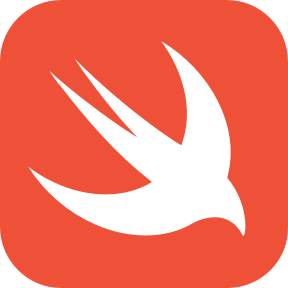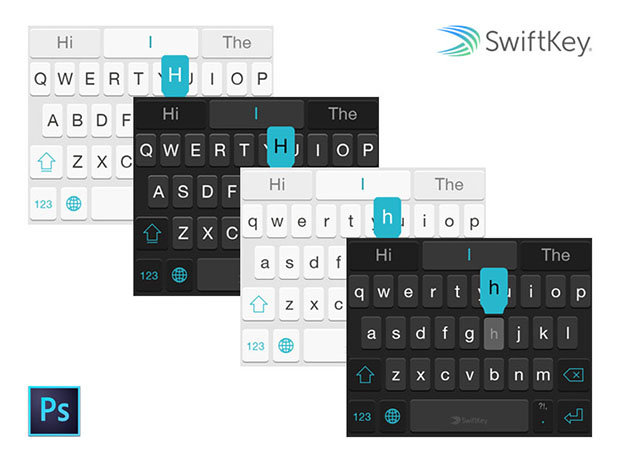

Before we do that, we are going to go over what a keyboard extension can do, what it can't do, and what it should to get approved for the App Store. In this tutorial I'm going to show you how to make your own custom keyboard using Swift and the new app extension APIs. One way of extending the operating system is by creating a custom keyboard. In the second, we update the value of the PickerField with any new information we might get from SwiftUI.Starting with iOS 8, your applications can extend custom functionality and content beyond your app, and make it available to users while they're using other apps or the operating system. In the first one, we set the initial state for the text field by setting the value for the placeholder. Then, we provide the implementations for the makeUIView and updateUIView requirements of the UIViewRepresentable protocol. The initializer takes one more argument for the placeholder of the UITextField if the field has no value. Once again, we will use the initializer to pass the values of these properties via its arguments. Same as the PickerTextField class, this struct will also have two properties a list with the options and a binding property for the value of the field. Import SwiftUI class PickerTextField : UITextField You can use this extension from any SwiftUI View in the following way: This function has a parameter of type UIKeyboardType, which is an enum with cases like emailAddress, numberPad, URL, etc.įor the full set of cases, you can refer to the documentation page. The common casesįor the most common cases, SwiftUI provides the function keyboardType in a View extension. Then, we will take a look at how we can add more custom options like a keyboard with a picker view. First, we will cover the “common” scenarios, which include keyboards for fields like name, email, number, etc. In this post, we are going to see how different keyboard options work with SwiftUI.

If it’s an email field, for example, you would probably prefer to present a keyboard with easy access to characters like the at ( and the dot (. Keyboard types can be used to show different keyboards based on the context of the field.

One of the ways to improve the user experience when they fill a form on iOS apps is the use of keyboard types.


 0 kommentar(er)
0 kommentar(er)
